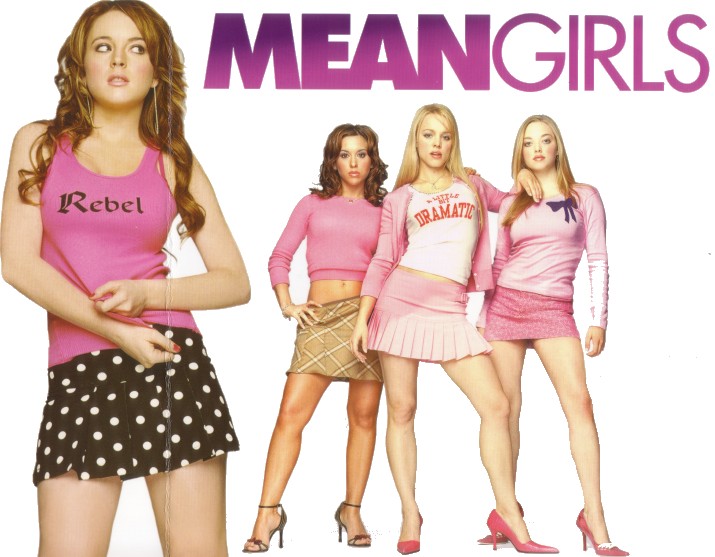In his chapter on information and
democracy, Frank Webster uses Jurgen Habermas’ theory of the public sphere to
examine the relationship between the information society and the public/private
interactions of its inhabitants. Webster
frames his analysis by discussing some of the concerns surrounding the
proliferation of information brought on by the emergence of the ‘information
age’. He states that, “[Some]
commentators tend to regard this information as being tainted, as having been
interfered with by parties which have ‘managed’ its presentation, or which have
‘packaged’ it to ‘persuade’ people in favor of certain positions, or which have
‘manipulated’ it to serve their own ends, or which have produced it as a
saleable commodity that is ‘entertaining’” (161). The mistrust that Webster articulates for
what can arguably be viewed as a bias and overly managed information society is
fitting, and particularly problematic when coupled with his assertion that, “[T]his
interpretation suggest that the democratic process itself may be undermined
owing to the inadequacies of the information made available to the public,
since, if the citizenry is denied, or if it voluntarily spurns, reliable
information, then how can the ideal of a thoughtful, deliberate and knowledgeable
electorate be achieved?” (162). If we
are thinking politically, as well as democratically, Webster leaves us with
some big questions, namely: Does the growth of the information society expand
on constrict the capabilities of the public sphere?
Looking more closely as Habermas’
theory of the public sphere, Webster writes, “[The Public Sphere] is taken to
be an arena, independent of government (even if in receipt of state funds) and
also enjoying autonomy from partisan economic forces, which is dedicated to
rational debate (i.e. to debate and discussion which are not ‘interested’,
‘disguised’ or ‘manipulated’) and which is both accessible to entry and open
inspection of the citizenry” (163). The
individual independence and autonomy from partisan economic forces that
Habermas highlights as a key feature of the public sphere seems antithetical to
the grim image that Webster paints of an information society, in which
knowledge without an agenda seems like a virtual (no pun) impossibility. In truth, the notion of the public sphere
itself, with or without the information age, seems a bit idealistic. Even if individuals are collecting in a
public space to form and discuss public opinion, exclusion seems inevitable on
even the most basic levels such as access (i.e. who has the luxury to
participate in these discussions within these ‘public’ spaces, and who is
excluded). Women immediately lose at
least a portion of their stake, as do minorities and lower class individuals,
and thus inequity still seems inherently built in. Webster agrees, at least in part, questioning
whether there ever really was a public sphere or if Habermas’ theory is merely
a fairytale about an unreachable utopia (168).
Coupled with the rise of an alleged information society, Webster leaves
us to wonder if the information age is merely deferring Habermas’ dream.
As a whole, I am more inclined to
side with those critics who caution users about the ways in which information
is manipulated, however subtly, in the information age. I did however find that Habermas’ concept of
the public sphere illuminated some of the positive aspects of this emerging
public information society/sphere, which often take a backseat to the boogeyman
stories about the ubiquitous information age.
Specifically, I found Jim McGuigan’s concept of a cultural public sphere
to be fascinating in light of Webster and Habermas’ thoughts. He writes, “The term cultural public sphere…
identifies a place where people may speak of ‘how to live’ (hence about matters
such as marriage, children, body image, and personal vulnerability)” (201). Perhaps purity of information, “correctness”
and absolute knowledge are not signifying characteristics of the information
age, but McGuigan does highlight the ways in which communities, and even
virtual meta-societies are formed within the information society. When considering issues like access, we can
see how the internet offers at least a beginning towards forums of open
discourse, when the opinion/s of public/s can be voiced and developed. Furthermore, we are able to see numerous
instances of support for issues like personal feelings, body image,
vulnerability, etc. in unprecedented and ever growing ways. A significant example that I found of this
kind of support is the “It Gets Better” campaign for members of the LGBTQ
community who are struggling with their identities. This brief clip illustrates not only time
impact of the campaign itself, but also the information society’s role in
bringing it to fruition. The video is
one of many examples of how the information society has the potential to move
us as a society towards multiple public spheres.


